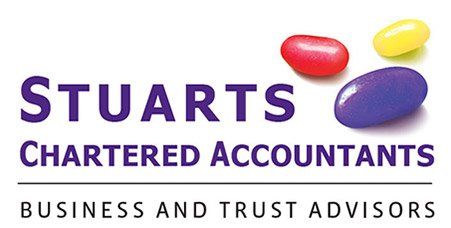Public Disclosure Of Your Payment Terms
The Business Payment Practices Act requires certain entities to publicly disclose information about their payment terms and timeframes.
KEY POINTS ABOUT THE ACT
• Public and private entities with more than $33 million in annual revenue and $10 million third party expenditure will be required to disclose information about their payment practices every six months.
• Reporting entities will need to disclose how long it takes to pay invoices, and their payment terms.
• The disclosed information will be published on a publicly available and searchable register that is administered by MBIE. There will be no charge for users to provide and access disclosed information.
WHO THE DISCLOSURE REQUIREMENTS APPLY TO
The Act’s definition of “entity” includes but is not limited to companies (including overseas companies that carry on business here), trusts, partnerships, incorporated societies, government departments, Crown entities and local authorities.
A reporting entity under the Act is an entity which, in each of its two preceding financial years (excl. GST):
• had total revenue of more than $33 million, and
• had total operating expenditure of more than $10 million (excluding wages and salaries, and payments to entities within the same group).
WHEN DISCLOSURE PERIODS START
• The first disclosure period will run from 1 July 2024 to 31 December 2024. This start date applies to reporting entities that have had total annual revenue (GST excl.) of more than $100 million in each of their two financial years before the beginning of the disclosure period.
• The second disclosure period will run from 1 January 2025 to 30 June 2025. All reporting entities will need to disclose payment practices information for this disclosure period, and onwards.
• Following each disclosure period, reporting entities will have three months to upload the necessary information onto the Business Payment Practices register.
INFORMATION THAT MUST BE REPORTED
Reporting entities will need to disclose the following information, as set out in the Act’s regulations.
1. Average time to pay an invoice
2. Percentage of the total number of invoices paid within specified time periods
3. Percentage of the total value of invoices paid within specified time periods
4. Whether the entity allows eInvoicing as an option for its suppliers
5. Whether the entity uses standard payment terms and if so, what those are
TRANSACTIONS THAT NEED NOT BE INCLUDED IN THE CALCULATIONS
The Act sets out that reporting is not required for invoices that relate to:
• salary or wages to employees or office holders
• income tax, goods and services tax, or any other form of tax
• rent or a lease
• charges related to electricity, gas, telecommunications services, or other utilities
• local body rates and charges
• settling a credit card statement that was issued by a bank
• invoices paid in foreign currency
• payments for goods and services supplied by members of the same corporate group
• royalty payments to the Crown
• invoices that don't require payment due to a credit note.
MBIE will develop detailed practitioners’ guidance, including web content on how to use the register and upload information. In due course, this information will be available here: https://www.companiesoffice.govt.nz/all-registers/business-payment-practices/.


